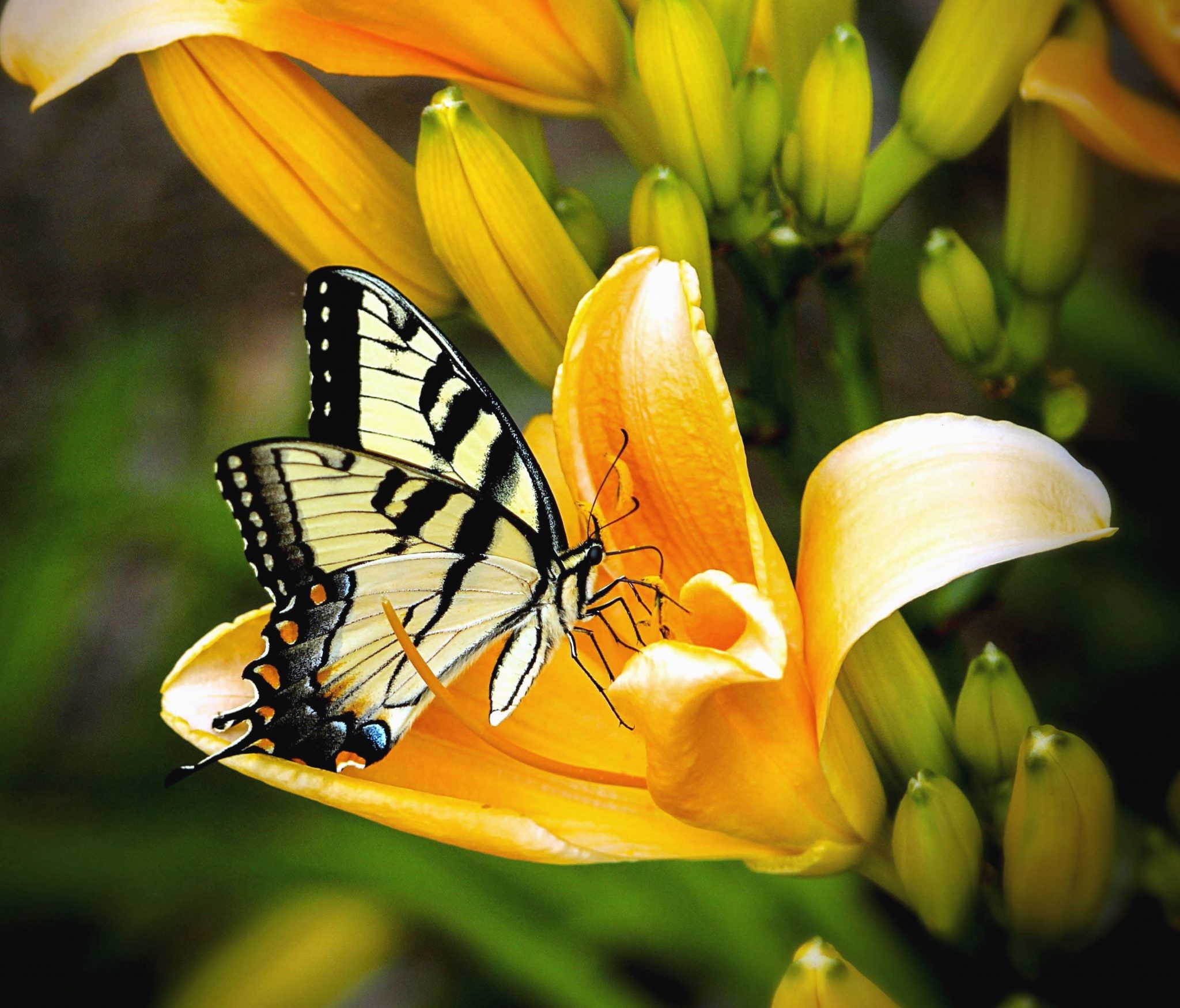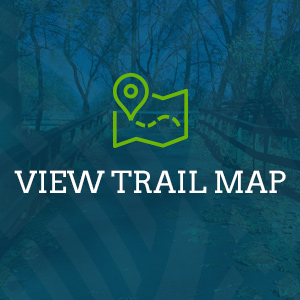“The number of managed honeybee colonies in the U.S. dropped from roughly 6 million in 1947 to less than 2.5 million today.”
- American Beekeeping FederationOperation Pollination
The Schuylkill River Greenways National Heritage Area, in partnership with National Parks, are taking steps to protect, enhance, or restore pollinator habitat. To combat population decline, the National Park Service launched a program called Operation Pollination to focus attention on the loss of habitat for bees and other pollinators around the world. Increasing the number of pollinator-friendly gardens and landscapes will help revive the health of bees, butterflies, birds, bats and other pollinators across the country. Communities, organizations and individuals are invited to take action by pledging to help the pollinator populations grow.
Take the Pollinator Pledge!
Get Involved
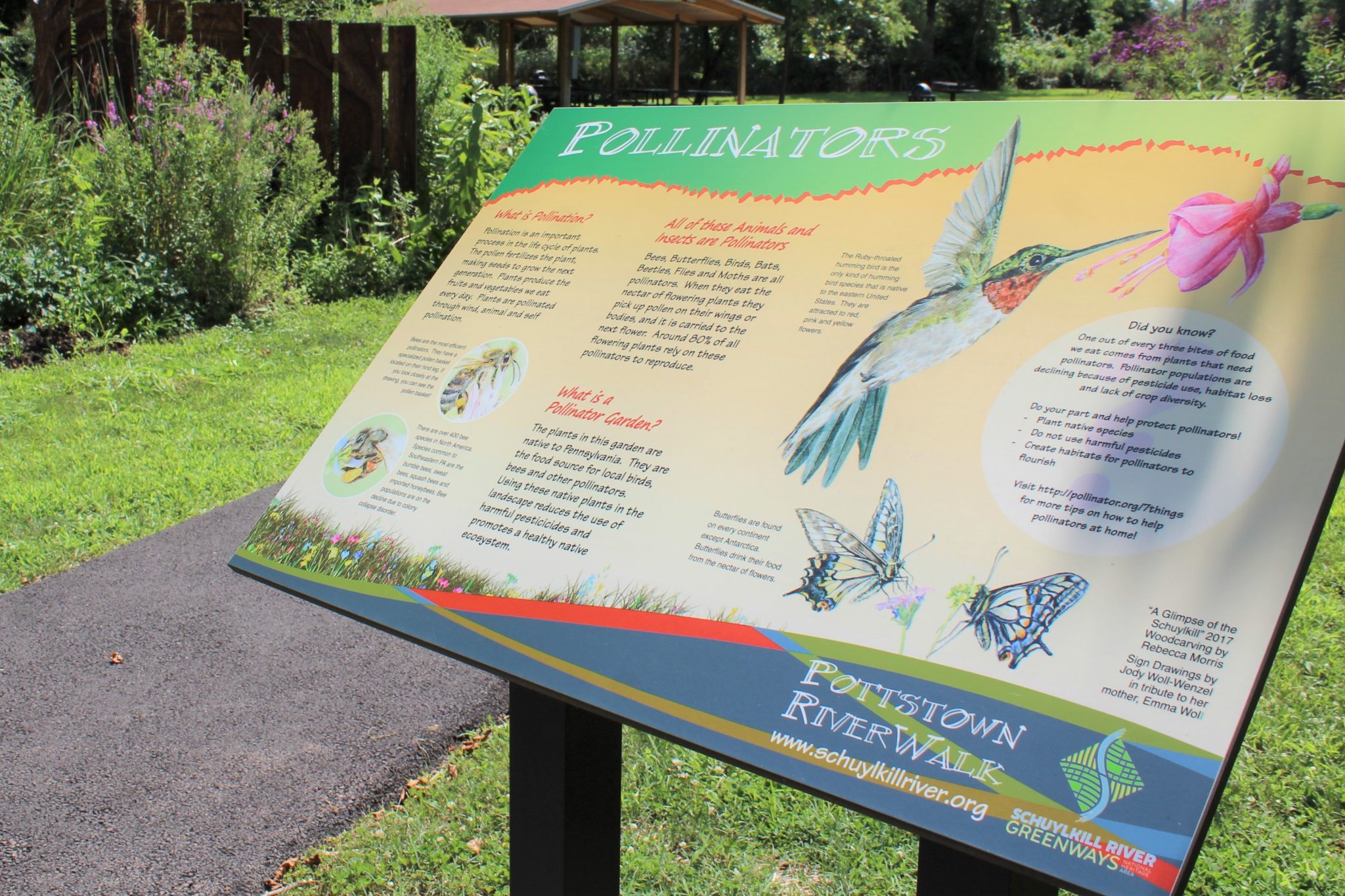
Though the news of declining pollinators is discouraging, you can make a difference. The Schuylkill River Greenways National Heritage Area, in partnership with the National Park Service, is taking the lead to organize groups and individuals in southeastern Pennsylvania to help revive pollinator populations.
Join the team of people involved in Operation Pollination by pledging to do things at your home, business, or in the community to help our pollinators. Below are some ways groups and individuals can help to restore pollinator habitat.
- Plant native species when landscaping
- Eliminate the use of pesticides
- Create a pollinator garden and other habitats such as rock beds and bird baths
- Wait to clean winter garden debris until late April as many pollinators nest in such environments
- Educate others on the importance of pollinators
- Make your own Native Seed Ball Activity at home, click here for instructions
We hope that you will join our large regional network working together to improve pollinator habitat. Every little bit helps! Join Schuylkill River Greenways National Heritage Area and the National Park Service in saving the pollinators!
Take the Pledge
Interested in signing our pollinator pledge? This is not a request for funding, but rather for action!
STEPS
- First, read our Pollination Resolution. CLICK HERE TO READ RESOLUTION
- Second, sign our pollinator pledge. To fill out the online pledge form, CLICK HERE. If you prefer to mail in a printed form of the pledge, CLICK HERE TO DOWNLOAD and for further instructions.
- Third, return or submit your pledge – If you filled out the online form, please remember to hit submit. If you filled out the printed form, email a scanned copy to info@schuylkillriver.org or mail it to Schuylkill River Greenways NHA (Attention: Operation Pollination) at 140 College Drive Pottstown, PA 19464. If you are an organization, please send us your logo so we can include you on our pollinator resolution. All pollinator pledges will be acknowledged on the Schuylkill River Greenways website.
What then? Make sure you follow through on your pledge to help pollinators and educate others in the importance of helping pollinators. Also, keep track of your time spent on Operation Pollination – we will be asking you for some information to give back to the National Park Service!
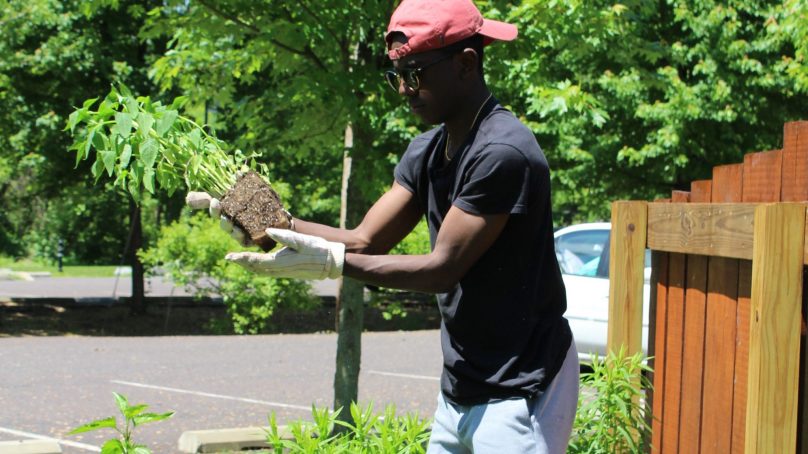
Native Plant: Milkweed
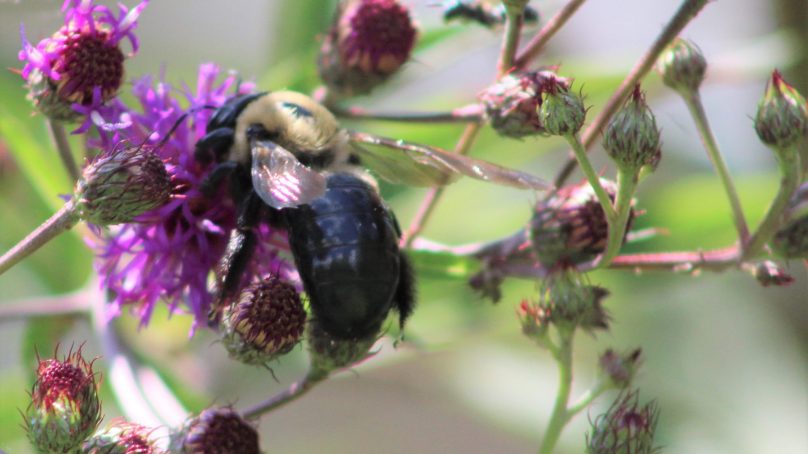
Native Plant: New York Ironweed
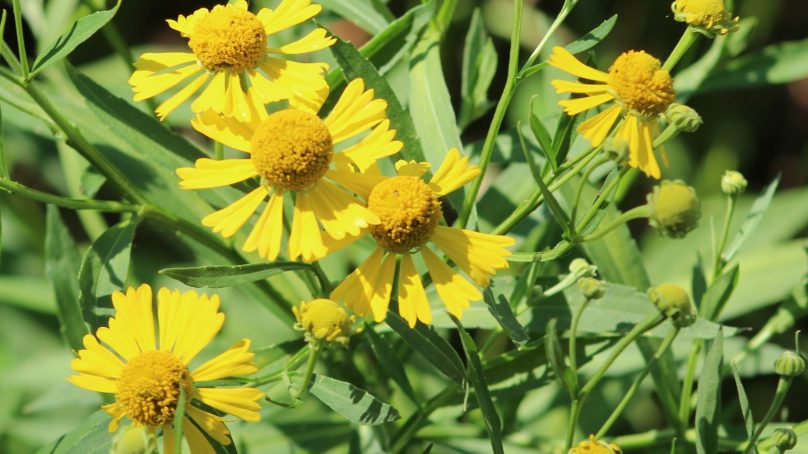
Native Plant: Golden Ragwort
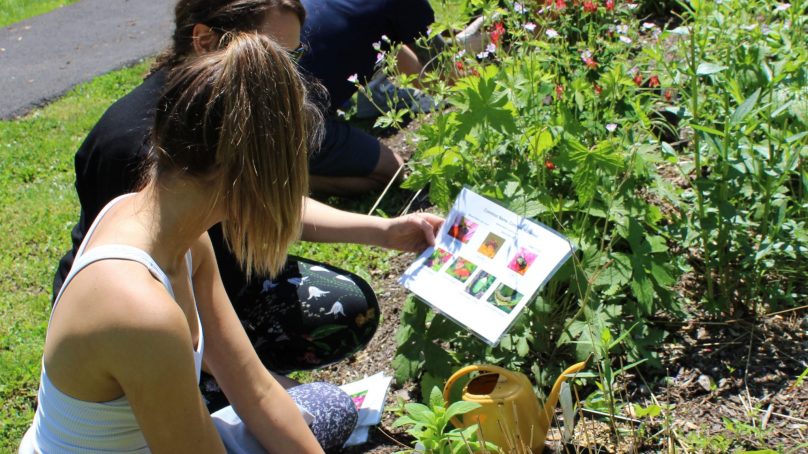
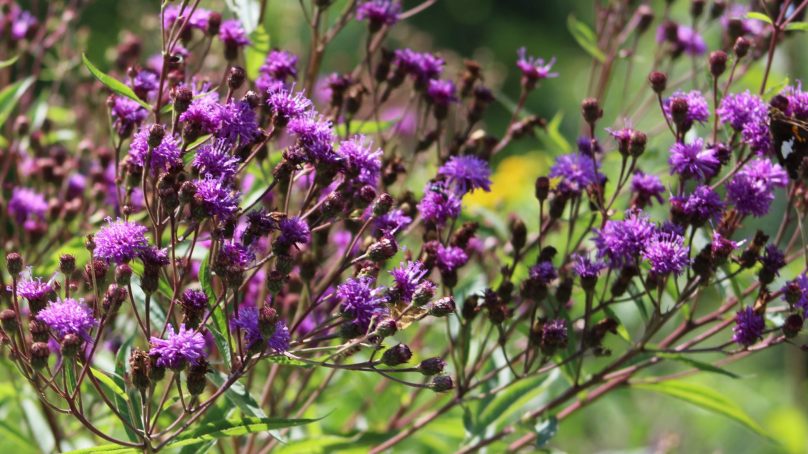
Native Plant: New York Ironweed
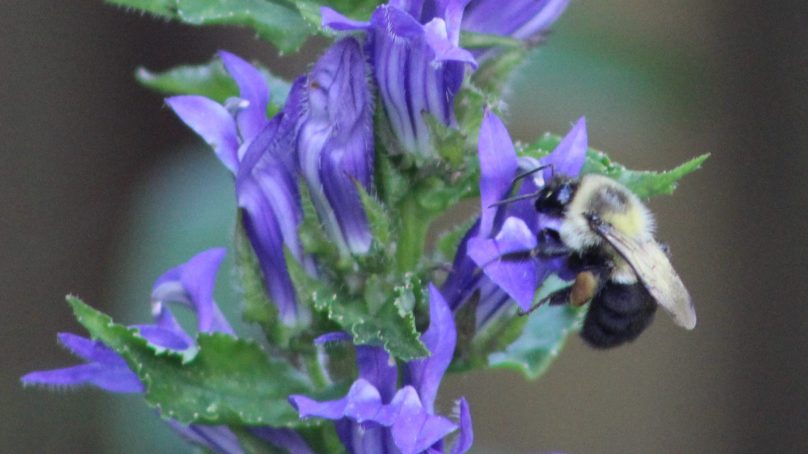
Native Plant: Blue Lobelia (Blue Cardinal Flower)
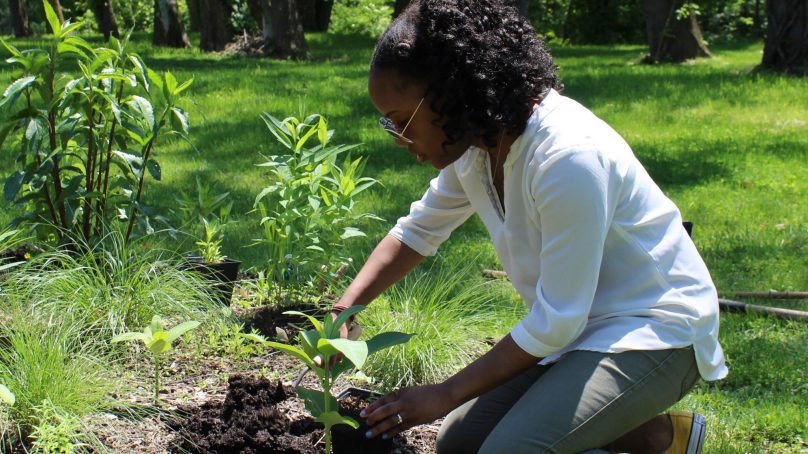
Native Plant: Milkweed
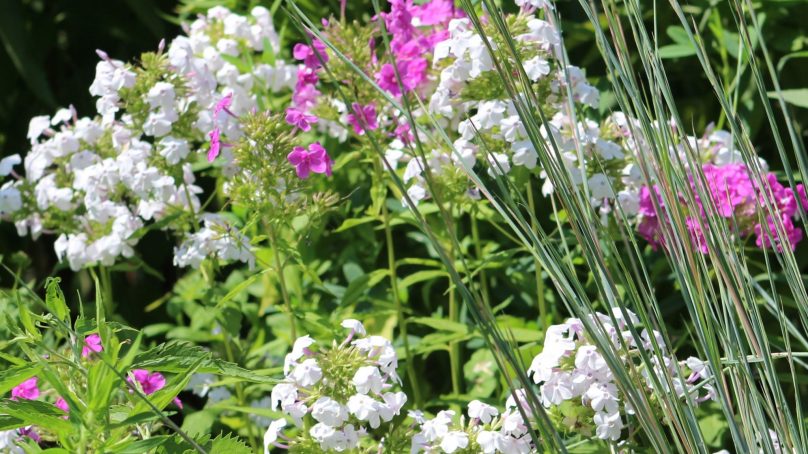
Native Plant: Phlox
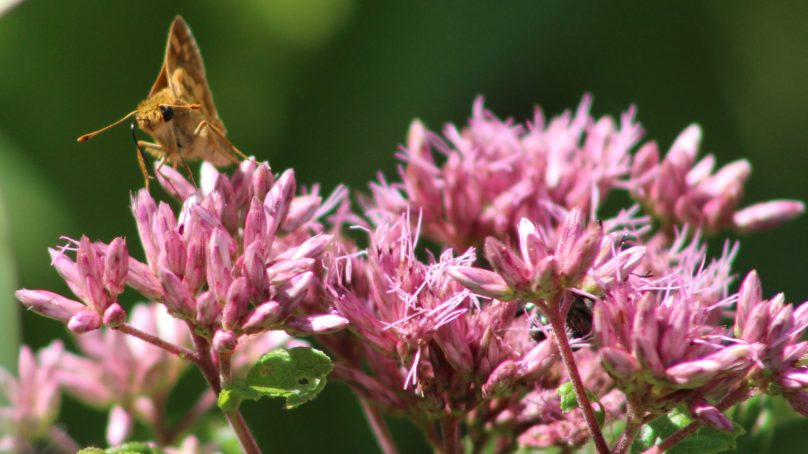
Native Plant: Joe Pye Weed


